Olive growing in the Maestrat region of Castellón
DOI: 10.5281/zenodo.7607514
Inland and Coastal Countryside and Plains Model
Autor: Joan Carles Membrado Tena
Overview of SAMUTER
SAMUTER analyses the agricultural system of olive growing in the Valencian region of Baix Maestrat, known for the quality of its olive oil and the abundance of ancient olive trees, which are a tourist attraction that complements agricultural incomes. The nerve centre of this territory is made up of the municipalities of La Jana, Canet lo Roig, Rossell, Traiguera, Sant Mateu, La Salzadella, Xert, Sant Jordi and Sant Rafel. This is the backlands of the coastal plain of Peníscola-Benicarló-Vinaròs. It is located on the border between the territories of Castellón and Tarragona. The olive-growing agricultural system shows territorial continuity in the Catalan region of Montsià. The different aspects related to production, marketing (short-early vs. long-far channels), as well as the socio-cultural implications (mainly derived from the millenary tradition of cultivation) and heritage elements (notably dry stone architecture) are analysed.
1. Environmental sustainability
The Maestrat olive-growing SAMUTER includes a landscape with an unquestionable predominance of olive groves, although there are some secondary crops such as almond and orange trees, which penetrate from the coast inland. Olive groves occupy more than 80% of the crops in Canet lo Roig, la Jana and Rossell; more than 70% in Sant Mateu; and more than 60% in Traiguera, Xert and la Salzadella, with the lowest production in Sant Jordi and Sant Rafel.
The Maestrat olive-growing SAMUTER retains, in general, an excellent landscape quality, which includes a variety of structures including a large number of paths and dry stone huts. Agrodiversity is low due to the predominance of orange trees, as opposed to the citrus and horticultural crops that abound in the coastal Maestrat. Organic crops are in the minority, and the use of herbicides on non-organic crops has been significantly reduced, as they were once used indiscriminately; nowadays they are only used once a year.
The municipalities included in the Maestrat olive-growing SAMUTER are home to various environmental/agricultural protection figures: the Maestrat olive grove is a landscape of Regional Importance, and this Maestrat SAMUTER together with the adjoining lands of Montsià (included in the Mancomunitat de la Taula del Sénia) constitute a SIPAM. In fact, in 2018, the FAO officially recognised the Territori Sénia Millenary Olive Tree Farming System as an Important World Agricultural Heritage System (GIAHS).
2. Territoriality and agri-environmental policies
Baix Maestrat is located in the extreme north-east of Valencia, on the border with Catalonia. There is a densely populated coastal area where tourism, agriculture (citrus and horticulture) and industry are the main activities, and an inland area which is predominantly agricultural and sparsely populated with olive groves. To the west rise the mountains of La Tinença and Turmell, which straddle the Maestrat and Els Ports de Morella. The Baix Maestrat region has 18 municipalities and covers an area of 1,221 km2. The 9 municipalities that we have chosen for their high percentage of olive production for this SAMUTER represent approximately half of the Baix Maestrat: about 600 km2. These municipalities are Rossell, Canet lo Roig, la Jana, Traiguera, Sant Mateu, la Salzadella, Xert, Sant Rafael and Sant Jordi.
Historically, the Baix Maestrat has been characterised by a diverse rain-fed agriculture that included cereals, vines and olives. Cereal was abandoned around the 1960s, while vines were uprooted in the 1980s and 1990s due to economic incentives from the European Union (CAP policies aimed at avoiding the overproduction of certain products). The olive grove was the crop that best withstood the successive agricultural crises and today the oil from Maestrat is considered to be of high quality. However, most of the oil is processed by cooperatives, which often sell it on wholesale markets. Part of the production, on the other hand, is treated and bottled by local manufacturers who market it as a quality product. In fact, Maestrat oil has been internationally recognised several times for its quality.
3. Relations between production, processing, marketing and consumption
The predominant production is olive groves, which have been gaining ground over the last decades after the abandonment of other secular crops such as cereals and vineyards. The marketing of oil is carried out through two marketing channels: long, where manufacturers, retailers, wholesalers and consumers are involved; and short, where owners and manufacturers are usually the same person and usually sell the product to the market through the retail trade. On the other hand, the tourist attraction of the Territori de la Sénia’s thousand-year-old olive trees is a tourist attraction that benefits direct sales from manufacturers/producers to tourists/consumers.
4. Good governance
The participation of some municipal public administrations (town councils), county (associations of municipalities) or macro-communities, such as the Mancomunitat de la Taula del Sénia, in the promotion of the millenary olive trees and in the qualitative promotion of Maestrat olive oil, has been noted. The concern for the olive-growing landscape of the Maestrat is remarkable, and it has been protected by the Generalitat Valenciana as a Landscape of Regional Importance. The possible spread of macro wind or photovoltaic power plants is of concern in agricultural circles where it is considered that quality production and maintenance of the landscape are inseparable. Adequate preservation of the landscape and sustainable and economically viable production are essential for the survival of this ancient landscape, recognised as GIAHS.

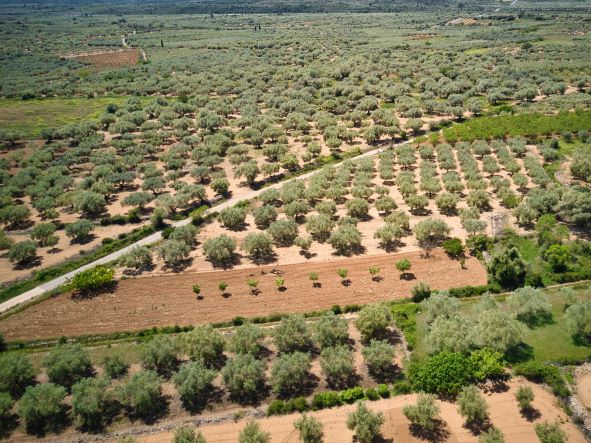
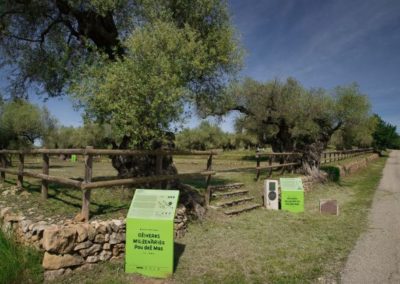
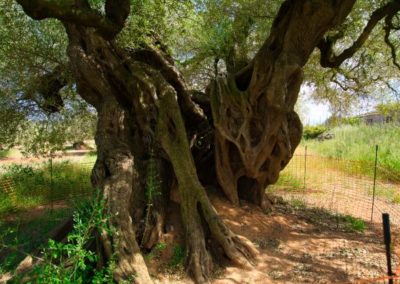
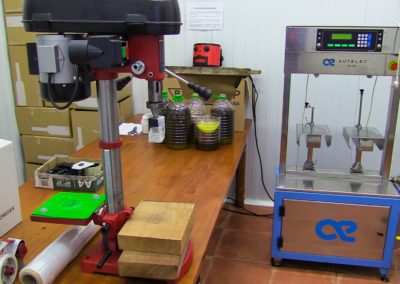
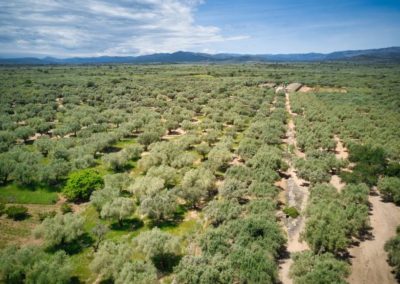
Recent Comments